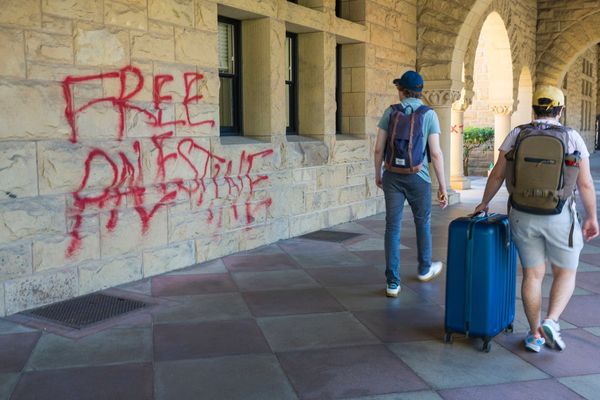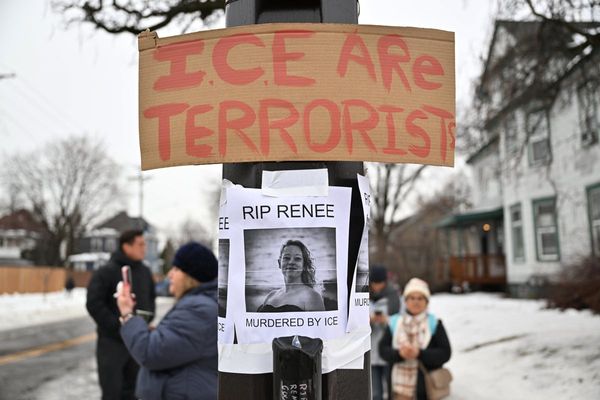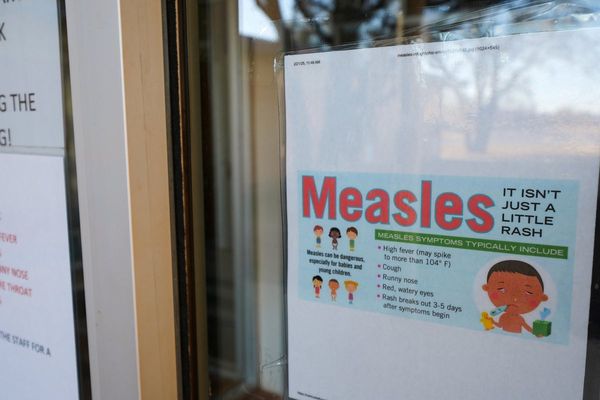Pat Powell has lived on Tasmania's west coast her entire life.
"They say we're unique and once you're a west-coaster, that's where you want to be, on the west coast," she said.
But Ms Powell can no longer live alone in her home.
Instead, she is moving from the picturesque fishing village of Strahan to live with her daughter 40 kilometres away in Queenstown.
"I don't really want to leave, but I've got no options," she said.
"I'll miss it very, very much."
Ms Powell's ideal situation would be to move into an independent unit, where she could keep her autonomy while accessing the support she needs.
But it is not an option on the west coast.
The region has only one facility, Lyell House, at the West Coast District Hospital.
It has 16 beds, with one reserved for respite care.
But Ms Powell said she was not ready to "be sitting in a room doing nothing".
"I was looking around, but my family were so against it — me going into an aged care facility — I think they thought it was their duty to be looking after me," she said.
While she remains on the west coast for now, Ms Powell said she would move to a nursing home once her mobility declined further — be it Lyell House or outside the region.
Burden on families
The challenge of organising aged care can be stressful for children, such as Lynn York.
Ms York moved her parents from their Zeehan home to a motel near the region's hospital, with some in-home support.
But it meant they were further away from her, and she could not easily check on them.
"I was so worried about them," she said.
"If mum fell over or dad ended up in hospital and mum was on her own, then mum wasn't able to use a phone, how do we know that mum was okay?" she said.
Ms York later moved them into a private unit with in-home support — but found her parents' needs were too great.
In the end, she moved her parents into residential care two hours away in Burnie.
"I promised my mum and dad that I would look after them when they were older, so I felt like I wasn't actually doing that, it wasn't adequately looking after them."
Families leaving west coast
West Coast mayor Shane Pitt said Lyell House was almost always full.
He said in-home aged care packages made a difference, but did not go far enough.
"Aged care is definitely an issue we've got here, we've got no supported living facilities and we've got nothing in between," Mr Pitt said.
"[People] can't get into aged care, so they're moving to other facilities around Tasmania, so then their families move with them."
The Tasmanian Department of Health is working to add another bed to the facility, using funding from the federal government's Community Health and Hospitals Program.
But Mr Pitt said the region needed at least five more beds.
Ageing Australians need 'everyone to come on board'
Difficulty accessing aged care is a common experience for rural communities throughout the country, according to Professor Irene Blackberry from the John Richards Centre for Rural Ageing and Aged Care Research.
She said part of the challenge lay in rural and remote communities having small, often declining, populations without the workforce, or funding mechanism, to support people to be able to age in their home region.
"It is difficult for a lot of older people to move to a new environment and having to readjust the way they live," she said.
"Particularly when people's … care needs are quite complex, having to relearn a lot of these skills and at the same time managing and juggling a lot of these physical and cognitive declines can be quite challenging."
Professor Blackberry estimated Australia would need another 3,500 aged care beds and another 2,500 home care support packages over the next 10 years to support people to age in remote areas.
Work is underway to provide more flexible living arrangements to support people to live independently, including a cabin equipped with technology sensors.
But she said local communities also had a role to play — be it volunteers driving the elderly to medical appointments, neighbours providing support, or collaborating with local health services.
"It really needs everyone to come on board," she said.
'No silver bullet'
Tasmanian health minister Jeremy Rockliff said he had written to the federal government asking for it to match the Coalition's $3 million commitment during last year's election for four more aged care beds.
A federal health department spokesperson said Aged Care Capital Assistance funding rounds were expected later this year, and the Tasmanian Health Service would have the opportunity to seek support for any planned expansion.
They said the government acknowledged aged care challenges were amplified in rural and remote areas, and it had programs in place to build, train and support the workforce.
A spokesperson for Aged Care Minister Anika Wells said the minister had recently visited eight facilitates across Tasmania to speak directly with workers and providers.
"It is clear from the discussions that took place that there is no silver bullet to improving the chronic workforce issues occurring right across regional Australia," they said.
"The government is working with the sector to address workforce shortages to deliver the care that older people deserve."







